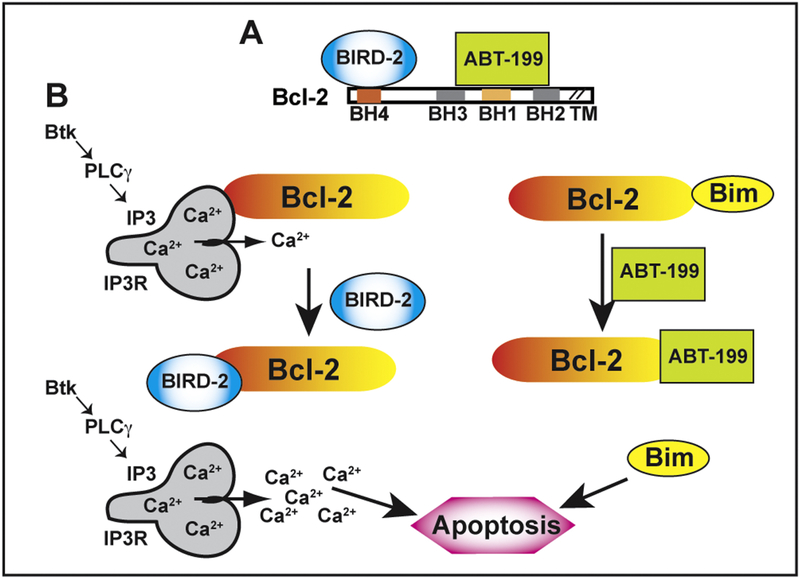Figure 4. Targeting Bcl-2’s dual anti-apoptotic mechanisms.
(A) The decoy peptide BIRD-2 binds to the BH4 domain of Bcl-2, whereas the small molecule ABT-199/Venetoclax binds to the BH3 domain of Bcl-2. (B) Left: Bcl-2 binds via its BH4 domain to IP3Rs, preventing excessive IP3R-mediated Ca2+ elevation, thereby inhibiting Ca2+ induced apoptosis. BIRD-2 binds to the BH4 domain of Bcl-2, disrupting Bcl-2-IP3R interaction and thus inducing high amplitude Ca2+ elevation that triggers apoptosis. Right: The BH3 region of Bcl-2 binds and sequesters the pro-apoptotic protein Bim, preventing Bim-mediated apoptosis. ABT-199 (Venetoclax) displaces Bim, thus triggering Bim-mediated apoptosis.

